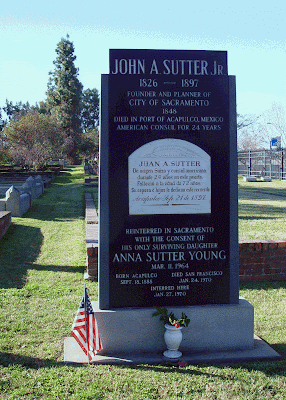In my book posts, I usually recommend favorite gardening books
and references. Today I’m recommending a work of fiction! After studying
medieval gardening the last couple of months, I was reminded of a mystery
series that is set in medieval times. The first book in the series is A Morbid Taste for Bones, by Edith
Pargeter, writing under the name Ellis Peters, and published by Grand Central
Publishing (New York, 1977).
The central character is Brother Cadfael, a Welshman in his
60s, who was called to the monastery late in life after an adventurous life as
a Crusader in the Middle East for 15 years, then as the captain of a fishing
boat. While in the Middle East he learned about gardening and herbs. He
returned to England, took his vows, and settled into life at the Benedictine
Abbey of Saint Peter and Saint Paul in Shrewsbury. He tends the enclosed garden
and is knowledgeable in healing. The story begins in the year 1137 with Brother
Cadfael tending his vegetable garden. As the story unfolds, Cadfael embarks on
a journey to Wales with his Prior and a small party from the abbey to procure
the relics of Saint Winifred. Mystery and murder ensue, but Cadfael’s
experience and good sense help bring justice.
I loved seeing elements of medieval gardens woven into the
tale. Brother Cadfael’s vegetable garden is enclosed within walls, and near a
fish pond, orchard, and a stream that powers the mill. He is in charge of the
herbarium where many healing plants grow, including many that he brought back
from the Middle East. Some of the plants listed include rue, sage, rosemary,
gilvers, gromwell, ginger, mint, thyme, columbine, herb of grace, savory,
mustard, fennel, tansy, basil and dill, parsley, chervil, and marjoram. He also
grows peonies for spiced seeds, and poppies for their pain relieving seeds.


























